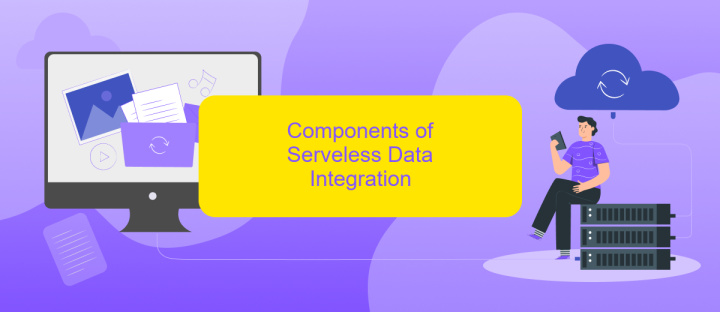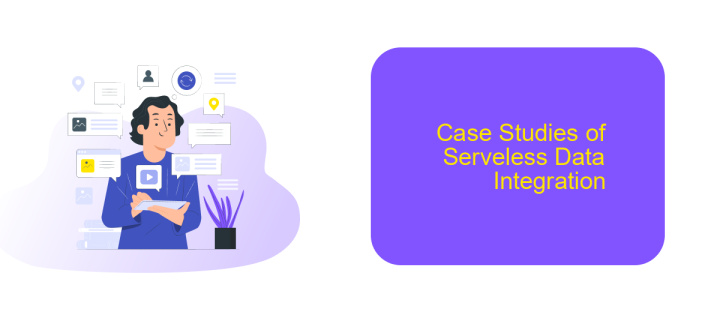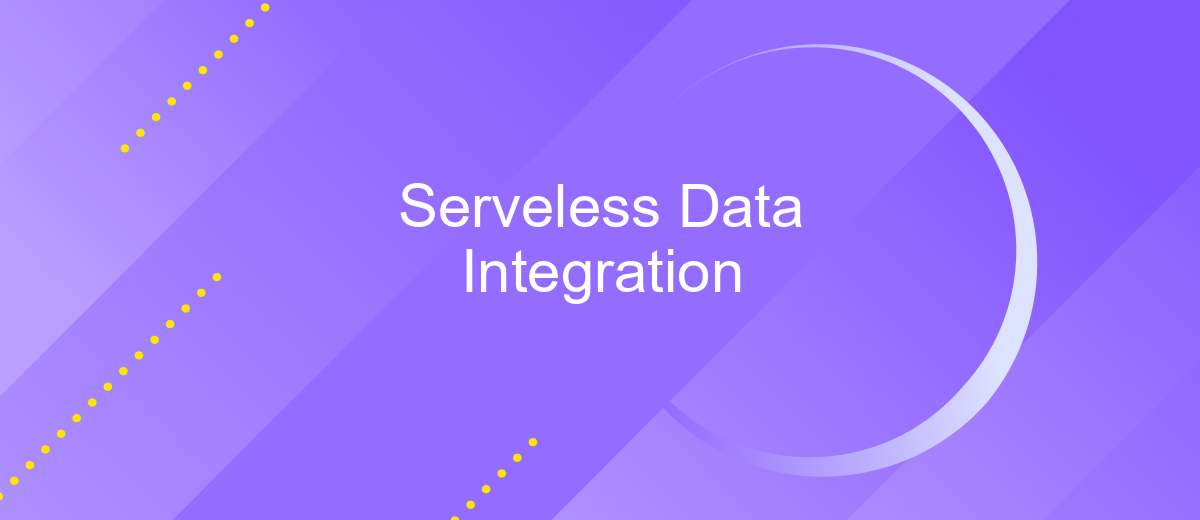Serveless Data Integration
Serverless data integration represents a transformative approach to managing and integrating data across various platforms without the need for traditional server infrastructure. Leveraging cloud-based services, it offers scalability, reduced operational costs, and streamlined workflows. In this article, we will explore the key benefits, challenges, and best practices for implementing serverless data integration in modern enterprises.
Serveless Data Integration Framework
Serverless Data Integration frameworks provide a streamlined approach to managing data workflows without the need for server management. These frameworks leverage cloud services to automate and scale data integration tasks, ensuring seamless data flow across various platforms and applications.
- Scalability: Automatically adjusts to handle varying data loads.
- Cost-Efficiency: Pay only for the resources used during data processing.
- Flexibility: Easily integrates with multiple data sources and destinations.
- Maintenance-Free: No need to manage or update servers.
One notable example is ApiX-Drive, which simplifies the setup of serverless data integrations. ApiX-Drive allows users to connect various applications and automate data transfer with minimal configuration. This service enhances productivity by reducing manual data handling and ensuring that data is consistently up-to-date across all integrated systems. By leveraging serverless frameworks like ApiX-Drive, businesses can focus more on data analysis and decision-making, rather than the technical complexities of data integration.
Benefits of Serveless Data Integration

Serveless data integration offers numerous benefits, primarily by eliminating the need for server management. This approach allows organizations to focus on developing and deploying applications faster, without worrying about the underlying infrastructure. By leveraging cloud-based services, serverless data integration ensures scalability, as resources can be automatically adjusted based on demand, reducing costs associated with over-provisioning or underutilization.
Another significant advantage is the ease of integration with various data sources and applications. Tools like ApiX-Drive facilitate seamless connections between different platforms, enabling automated data workflows. This not only simplifies the integration process but also enhances data accuracy and consistency. Additionally, serverless architectures often come with built-in security features, ensuring that data is protected throughout its lifecycle. Overall, serverless data integration empowers businesses to innovate rapidly while maintaining operational efficiency and security.
Components of Serveless Data Integration

Serverless data integration is a modern approach that leverages cloud services to handle data workflows without the need for managing servers. This method is highly scalable, cost-effective, and simplifies the process of integrating disparate data sources.
- Data Sources: Various origins of data, such as databases, APIs, and cloud storage services, which need to be integrated.
- Data Pipelines: Automated workflows that extract, transform, and load (ETL) data from sources to destinations.
- Integration Platforms: Tools like ApiX-Drive that facilitate the connection and synchronization of data across different systems without the need for manual coding.
- Event Triggers: Mechanisms that initiate data processing tasks based on specific events or schedules.
- Monitoring and Logging: Systems to track data flow, performance, and errors to ensure reliable integration.
Utilizing services like ApiX-Drive can greatly enhance the efficiency of serverless data integration by providing a user-friendly interface and robust automation features. This allows businesses to focus on analyzing data rather than managing infrastructure, ultimately driving more informed decision-making.
Case Studies of Serveless Data Integration

Serverless data integration has become a game-changer for businesses looking to streamline their data workflows without the need for extensive infrastructure. One notable example is a retail company that integrated various data sources using serverless solutions, significantly reducing operational costs and improving data accuracy.
Another interesting case is a healthcare provider that leveraged serverless data integration to connect patient data from multiple systems. This integration not only enhanced data accessibility but also ensured compliance with healthcare regulations.
- A financial services firm used serverless data integration to automate transaction processing, resulting in faster and more reliable financial reporting.
- An e-commerce platform integrated customer data from different touchpoints, enabling personalized marketing campaigns and better customer engagement.
- Educational institutions utilized serverless solutions to synchronize student records across various platforms, improving administrative efficiency.
Tools like ApiX-Drive have played a crucial role in these success stories by offering easy-to-use interfaces and robust integration capabilities. By automating data workflows, ApiX-Drive allows businesses to focus on their core activities while ensuring seamless data connectivity.
Future of Serveless Data Integration
The future of serverless data integration looks promising as businesses increasingly seek scalable and cost-effective solutions. With advancements in cloud computing, serverless architectures enable organizations to manage data integrations without the need for extensive infrastructure. This approach reduces operational overhead and allows for real-time data processing, making it ideal for dynamic and fast-paced environments. As more companies adopt serverless models, we can expect to see an increase in automated workflows and enhanced data synchronization capabilities.
Moreover, services like ApiX-Drive are set to play a crucial role in this evolution. By offering easy-to-use platforms for setting up integrations, ApiX-Drive simplifies the process of connecting various data sources and applications. This not only accelerates deployment times but also ensures seamless data flow across systems. As these tools become more sophisticated, they will likely incorporate advanced features such as AI-driven analytics and predictive maintenance, further enhancing the efficiency and reliability of serverless data integration.
FAQ
What is Serverless Data Integration?
How does Serverless Data Integration work?
What are the benefits of using Serverless Data Integration?
Can Serverless Data Integration be used for real-time data processing?
How can I get started with Serverless Data Integration?
Apix-Drive is a simple and efficient system connector that will help you automate routine tasks and optimize business processes. You can save time and money, direct these resources to more important purposes. Test ApiX-Drive and make sure that this tool will relieve your employees and after 5 minutes of settings your business will start working faster.

